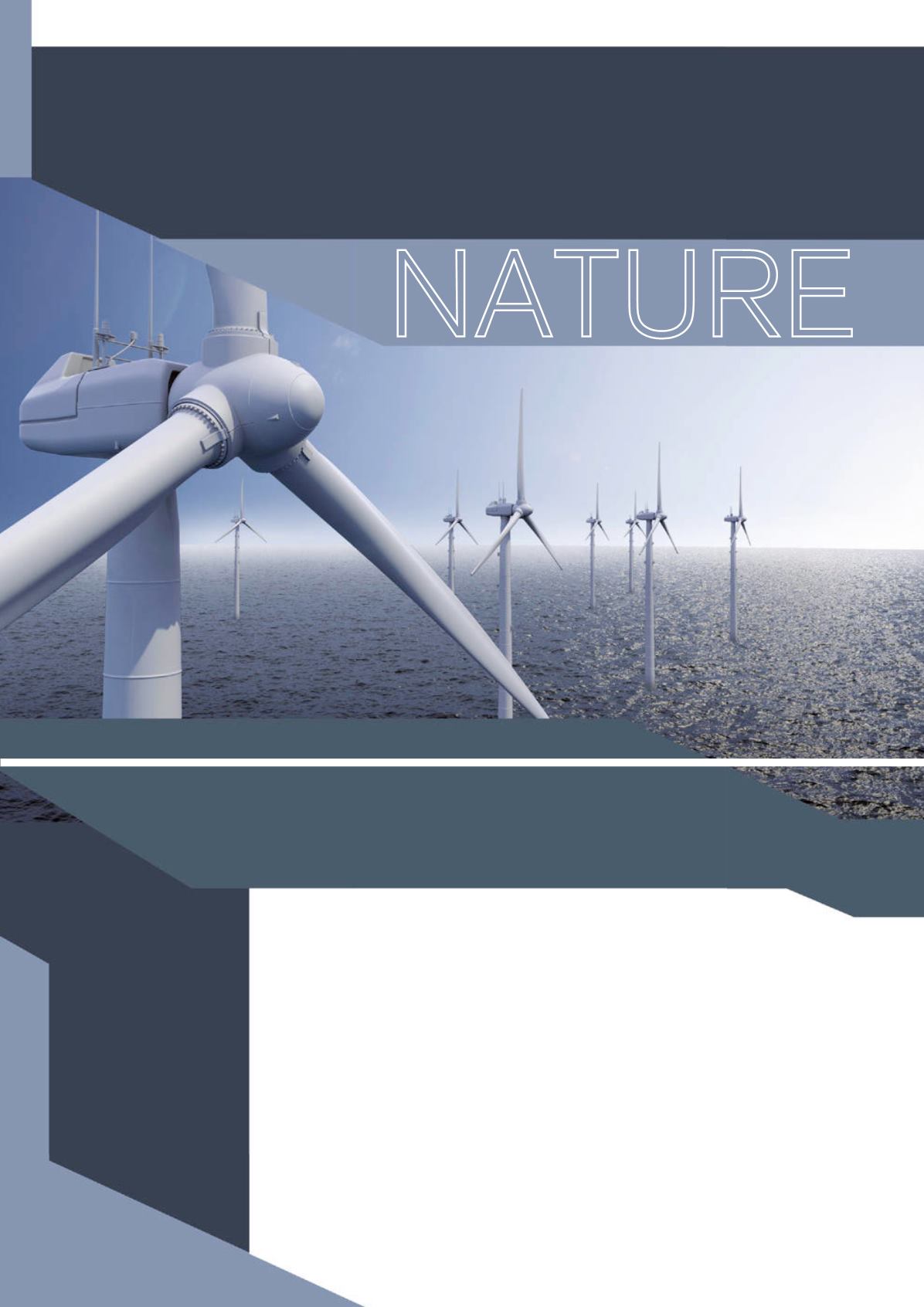
D
uring the last few years, floating wind turbines have emerged as a very promising technology
for large‑scale renewable power production. The use of floating wind turbines for subsea water
injection presents an exciting opportunity for oil and gas operators as it could also extend the
life of marginal and mature fields, and reduce both costs and emissions from offshore oil and gas
installations. Several full‑scale offshore floating wind turbine pilot projects have delivered promising
results, which build on the knowledge from both the offshore oil and gas industry and the wind power
industry with large industry players, governments and other stakeholder groups involved.
Smarterandgreener
DNV GL studies suggest there are opportunities for a new generation of autonomous wind‑powered
injection systems used to increase reservoir pressure. The oil business is currently challenged by
a reduced oil price, increasing costs and a demand for more sustainable operations. These studies
are clear indications that such a system could be both a safer, smarter and greener solution for
oil and gas operators.
Wind‑powered water injection has the potential to reduce both CAPEX and OPEX, drive innovation
of new technology, and to reduce emissions. It could be installed without costly retro‑fittings on the
Johan Sandberg, DNV GL, introduces a joint industry
project to investigate the technical and economic
potential of floating wind turbines for subsea water injection.
EOR
POWERED BY
|
39


